All dolphin photography taken under MMPA Permit #21938-03.
May not be used for commercial purposes.
|
Read more about the field assistants for this summer on the Our Team page! There are tourists lining up for another sunset dolphin cruise as I walk along the St. Pete Pier with my friends and (just like every person even remotely involved in marine mammal science) I feel slightly haughty. They don’t know these dolphins the way I do, I reason. I’ve spent hours, weeks, and months taking photographs, collecting acoustic data, and then matching up those fuzzy photographs of dolphin fins with 1,000 possible individuals and hunching over another audio clip saturated with the rapid fire click of snapping shrimp, straining to hear a faint whistle or burst of echolocation. I know these dolphins by name and I feel fiercely protective of them.
My name is Meher, I am from India, and the funny thing is, I used to be quite disdainful of dolphins. How they became the poster child of the ocean, I never quite understood. There were far worthier candidates in my opinion- and I carried this belief with me right up till the summer of 2021, when I worked with the Eckerd College Dolphin Project as a research assistant. Here I did the aforementioned data collection and analysis with two other interns and felt quite a kinship with the 1,000 local dolphins who are named and pictured in our extensive database. I remember the first time I listened to an acoustic recording and watched the spikes of colour in the spectrogram view. Alongside the echolocation I was seeing and listening to, something clicked. I had always been interested in marine mammal communication but that day it became a full blown passion and I decided that it was something I would be quite happy dedicating my life to studying. Now, I am a field assistant with the Cedar Key Dolphin Project and I am quickly becoming similarly attached to the dolphins in these waters. Soon, I hope to know them as well as I knew the ones in Boca Ciega Bay and continue to study them and their fascinating foraging methods which are, incredibly enough, unique to this population. I have graduated from college and aspire to do my masters degree in marine mammal bioacoustics, which my friends and mother find quite hilarious, considering they have dealt with my griping about the unearned love dolphins get from the public. So yes, dolphins are a pretty cool animal. The coolest in the ocean? Absolutely not. But perhaps I have judged the tourists a bit too harshly. I can hardly fault them for being captivated by an animal that is the quintessential symbol of the ocean, of wilderness, of exploration, and practically sentient in an otherworldly manner. The truth is, the incredible things that dolphins are capable of when encased by nothing but the wild ocean is so much more spectacular than anything we could ever teach them to do.
1 Comment
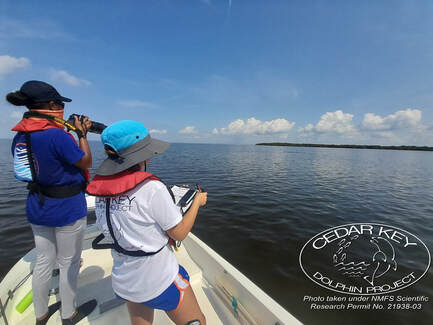 School has started and our research team is back in school or at home! We are moving to the other phases of our yearly research, which focuses more on overall population monitoring. We asked our Field Assistants to reflect on what they've learned this summer, what they still want to know, and where they are going. Here are their responses. THANK YOU to their hard work this summer! Jaiere: Having the opportunity to be a full-time summer intern for the Cedar Key Dolphin Project was an amazing experience. Before coming to Florida for the summer, I had little experience regarding marine mammal science and field work. Over the past three months I have learned a substantial amount of information about bottlenose dolphin social and foraging behavior, the specific individuals residing in and around Cedar Key, and their habitats. I also learned a lot about other related topics to the project, including boating etiquette and logistics. I did not know that there could be in a single dolphin performing the driver-barrier technique; I thought the behavior was only performed in groups. I also did not know that there is potential for mothers to steal calves from other mothers! Throughout the season we had some technical difficulties, and it was rewarding learning about the boat itself, including names of different parts of the boat and learning the standard procedure of prepping the boat before going out onto the water. Due to the driver-barrier foraging technique being the dominant focus of the project, there were lots of questions asked, and some still needing to be answered after observing and analyzing the dolphins for the past three months. Therefore, I am still curious about the social structure associated with driver-barrier. I would be interested in learning more about individuals’ memory capacities and if there is an intentional hierarchical influence when determining who is driving, and what that entails. For example, do the dolphins have the capacity to remember and rank the success of driving of specific individuals over a long period of time? I also would be interested in learning more about mother/calf pairs, and the genetic influence, if any, of learning driver-barrier and other foraging techniques. Not only have I learned so much about marine mammal science, but I have also improved on quickly and efficiently applying new knowledge to real-life situations, which will definitely be of great service to me in my future educational endeavors. I plan to continue my education via a PhD focusing on interdisciplinary ecology, yearning to specifically focus on marine mammal behavior. Therefore, this internship gave me the opportunity to expand my knowledge in that area and open doors for more opportunities to continue to expand my knowledge on marine mammal behavior and other related topics. A big thanks to the Cedar Key Dolphin Project for an amazing summer! Faith: This field season I learned so much about dolphins and their unique behaviors. Before I came here, I didn’t know anything about role-specialization in foraging, and I didn’t know about the immense range of foraging strategies that dolphins utilize. After all, how many ways can there be to catch a fish? Apparently a lot! I also didn’t know how specialized different foraging tactics are based on the location. In addition to learning more about bottlenose dolphins as a species, I was able to get to know some of the dolphins that reside in the area. They really do have their own personalities! I would be curious to learn more about what other foraging strategies dolphins in this area utilize. DB is the only documented example of role specialization with a division of labor documented in any marine mammal, but why is role specialization so rare? What other species (cetaceans and otherwise) use role specialization? Is knowledge passed down primarily through matrilines or do dolphins learn from other non-related animals as well? How much do resident and transient animals mingle? Could they learn from residents and utilize the tactics they pick up elsewhere? After I finish my bachelor’s degree, I would like to enter a marine biology graduate program. This summer, I’ve gained some essential skills that will serve me well in my future studies. For example, I’ve become much better at photo ID since starting. This method is used in a variety of species, but especially in marine mammal studies. I’ve also learned a lot of field research skills this season. I learned just much goes into working safely on the water! It’s been so much fun to observe the dolphin’s interactions this summer. I’ve really learned a lot about cetaceans and field research. After hours and hours out on the water observing dolphins going about their daily lives, we start to become aware of the unique personalities of each individual dolphin. Naturally, the team develops favorites over time. Read below for everyone’s favorites and why they stand out to them! Stefanie: Tall Fin (TLFN) Tall Fin is the original driver identified in my Master’s and PhD work – without him, there would have been no Cedar Key Dolphin Project. He was seen in 22 sightings since 2001 and was a very successful driver. Sadly, he is no longer with us; his last sighting was in June of 2012. Suzanna: Knuckles (KSNC) Knuckles is a local around Cedar Key and has been known to the project since the beginning in 2001! Knuckles was biopsied in 2010 and confirmed male. He is still going strong after more than 20 years, during which the project has seen him in 38 sightings. His fin is one of the most iconic to me and it has hardly changed in all that time. Knuckles is a great reminder of the long lives dolphins can live and why it is so important to have long-term research projects to follow them throughout their lifetime in order to fully understand them. Becca: Oyster (ORWE) Oyster is an adult male local to Waccasassa and Withlacoochee Bay. He is a driver known for hanging out with his buddies, Lightning and Scallop, who often act as barriers in his foraging. Since only a dozen dolphins in our population are drivers, finding a driver to get data on Driver-barrier foraging can be like finding a needle in a haystack! Luckily for me, Oyster was reliable to find during the 2018 season when we were collecting data for my Master’s degree. A lot of the data for my thesis came from foraging performed by Oyster, so he will always be one of my favorite dolphins! Jaiere: Proudfoot (PRYR) PRYR is usually seen around Crystal River and Withlacoochee Bay. She is currently a mom of a YOY (Young Of the Year) and does a very good job raising her young. Experienced moms are very protective of their young, and one way to recognize this is when they place themselves in between their calf and the boats that are passing by throughout the bay to prevent their calves from injury. In their early life stages, YOYs and calves are still learning how to safely maneuver through the water when close to human activity. They can easily put themselves in danger if they aren’t properly protected by mom. Unfortunately, it is not uncommon for mothers to lose their calves within the calf’s first year of life; therefore, it is great to see moms like PRYR doing a good job protecting their babies and keeping them safe! Faith: Roo (ROWE)
ROWE is a 7 year old female dolphin first seen in our study site in Crystal River. She is very social and likes to play with other dolphins. This is actually how we know she’s female. While socializing, we are sometimes able to confirm the sex of the dolphin. ROWE was first seen in 2015 as a newborn calf (YOY as we call them). We didn’t see her again until 2018. By then, her dorsal fin had changed so much that we didn’t recognize her, so she was ID’d as a new animal. It wasn’t until this season that we realized who she was, based on a single scar that we managed to ID in common between her 2015 and 2022 photos! It’s very hard to match adults to their calf images years later because calf fins are usually very clean with no nicks or notches. Since we have tracked ROWE from her first year, we know exactly how old she is. We can learn about calf survival within our study area, and we will be able to follow the matriline once ROWE has calves of her own. Our field team recently completed 12 days in a row on the water. Everyone is a little bit exhausted and possibly a little bit sunburnt, but it was a great opportunity to collect important data on our local dolphins! We launched out of various points so that our survey efforts in those 12 days covered from Cedar Key down to Crystal River, about 30 miles of coastline. In that time, we were on the water for a total of 72 hours and had 54 dolphin encounters. The variation in the days can be drastic – on one day out, we had what we call “dolphin soup”, meaning we had hardly any breaks between sightings because there were dolphins everywhere as far as the eye could see! On another day, we were out for 5 hours and didn’t see a single dolphin! We were excited to find animals doing plenty of Driver-barrier foraging on several days, which is the focus of much of our research. We have seen 4 different groups doing DB foraging, collecting data on over 60 occurrences within the 12 days out, which is a great boost for our data this season! During the field season we use every opportunity to be on the water like this, no days off. The goal of the field season is to use these 12 weeks to collect as much data as possible for the year, so we must take advantage of good conditions when we have them. A storm coming through the gulf could easily keep us on shore for a week or more without collecting new data. A lot goes into making this decision. Every morning we check the wind speed, swell, tides, and radar. We continue to monitor the weather throughout the day for any storms that could potentially threaten lightning. While we want to collect as much data as possible, it is also important to be safe on the water, so if conditions are not in our favor, we are on shore working through data analysis in the lab. During lab days, most of our time involves doing Photo ID, meaning we sort and review the photos of the animals to correctly match fins. To do this, we must crop all pictures of each dolphin in each sighting, sometimes hundreds or even thousands of photos in a day. After cropping, we begin to match fins and organize them to determine the number of dolphins we saw within a sighting. We then match each individual to the existing collection of known animals in our Photo ID catalog. After completing each step, another team member does a double check to ensure data quality. During our lab days we are also kept busy entering the data collected into the database, plus processing recordings we take of underwater audio and video from the drone. While the still pictures allow us to identify each dolphin we encounter, the audio and drone video elements allow us to see and hear what happens under the water, which adds a whole new dimension since we are limited from the boat to only seeing the animals when they come up to the surface to breathe. With the audio and video we can collect, we can then answer research questions about foraging behaviors and social interactions between the animals in detail we have never been able to achieve previously.
This summer we are trying to get drone footage of dolphins foraging, specifically when they are engaging in Driver-Barrier foraging. We've documented this behavior from the boat (and added hydrophone recordings to hear what sounds they are making), but we've believed an aerial view would give us a lot more information on how they set up a bout and the exact positioning of the dolphins as the bouts occur. This would help us figure out why they do what they do any maybe why they choose their specific locations for this activity.
We were able to capture a couple of instances of the dolphin, "Speed", and her new calf foraging. Speed is a little different Driver than the usual (she doesn't do it that often), but here's a clip from our attempt at recording her! What we didn't realize is that we would be able to see the schools of fish before the bouts as well! This opens up a whole new world of questions for us:
Now the less great part of the field season. We had some unexpected and big repairs to the boat engine and the drone, and no doubt you've noticed the cost of gas recently. If you can help us out to keep this season running, we'd greatly appreciate your help on our GoFundMe campaign. All donations are tax deductible! Thank you!
We’ve had a great start to the 2022 field season! We’ve been able to be in the field for the past four days in a row with fantastic conditions. Within these last few days, we’ve been seeing plenty of newborn baby dolphins. Dolphins in this area are normally born anytime between late March and late May. We call a new baby dolphin a YOY, meaning Young Of the Year. You can spot a YOY from 3 different clues:
Because YOYs are small and slow, they’re especially vulnerable to threats such as predators or boats. In fact, it’s not unusual for us to observe YOYs and their mothers with fresh scars from shark attacks! This means that the babies are not only naturally slow and uncoordinated, but mothers recovering from shark attacks will also be travelling slower, possible fighting infections, and generally weaker. This can make them far more susceptible to injury or death by boat strike. Because of all these threats, up to 1 in 4 calves is sadly as risk of not making it to its first birthday. In the last few days, we have also seen manatees forming active mating herds. During this activity, females are pursued by several males for hours or even days at a time. This behavior typically involves splashing and the manatees spending more time than usual at the surface. Sometimes the manatees will swim much faster than usual, with the males acting aggressively – this behavior may look concerning, but it is normal during mating. As a result, the manatees in these herds become very tired from maximizing their energy and typically aren’t paying attention to everything going on around them. With everything we’ve seen the past few days we want to take this time to remind boaters to be extra careful on the water! Boating season is ramping up and everyone wants to be outside, but please keep in mind we share the waterways with animals that call them home. We sadly see too many animals with boat injuries.
Hi, we’re Jaiere and Faith! We are the full-time interns here at Cedar Key Dolphin Project for the
2022 Summer season and we’re so excited to be here! I, Jaiere, am specifically excited because I believe this opportunity will allow me to continue to learn about marine ecology, specifically dolphin behavior and habitat utilization, as these interdisciplinary topics are what I focused on for my master’s thesis. I am always yearning for new knowledge and am very grateful for this opportunity to add to my marine ecology background, as I also want to continue my education and eventually obtain my PhD in this subject! Hi, Faith here, I’m still in undergrad, about to start my senior year at UF. I’ve always been interested in learning more about marine biology and hope to eventually pursue a graduate degree and career in it. I’m also excited to learn about dolphin behavior and how they communicate. I’m interested in how these unique behaviors are shared between individuals and groups. We just recently had our training day, where we learned about strandings and what to do if there is one, and the process of photo-id when collecting data in the field. Today is our first day in the field and on the boat, so wish us luck! As we go into the end of the 20th year of research on the bottlenose dolphins of the Cedar Key area, we are focusing on reactivating our social media presence! Stay tuned for updates to this page!
The end of the season is here!
We rounded out the season on Saturday with an amazing last day on the water, seeing some of our personal favorite animals and having 3 driver show off for us with 40+ bouts in just a few hours! Sunday and yesterday were spent doing the last data entry, packing away equipment, and cleaning. To say this season was successful is an understatement; it completely surpassed expectations! Of our 88 days in the field, we got out on 46 days, which equaled 279 hours on the water! During that time we:
All of this success would not have been possible without the amazing dedication of this season's team: Jolinde Vlaeyen, Areeba Moiz, Amber Lea Kincaid, Alyssa Carrillo, and Monica Arancibia-Colgain. Full-time team members worked on the boat and in the lab up to 12-hours a day, 7 days a week! Thank you so much to all of them for their hard work! We hope they get some quality rest now that the season is over and we wish them the best in future endeavors! We also want to thank all of our supporters for following our journey this season! I will shortly be returning to UMass Dartmouth to start analyzing all of the acoustics data collected and look forward to seeing what amazing things we will learn! As for CKDP, Stefanie will be conducting monthly surveys in Cedar Key and Waccasassa to keep tabs on the animals we've seen this summer. I'll keep this blog active for any big announcements in the next year as I finish my master's degree. Cheers to a great season! -Becca When we're out on the water conducting research, dolphins aren't the only thing we're actively looking for; we also always keep an eye out for trash. Unfortunately, it often isn't hard to find. We have found countless items, mostly bottles, bags, and balloons. In just one day alone, we picked up 8 bottles! We know that the minute it takes for us to stop and pick up plastic is nothing compared to the 100s to 1000s of years it takes for plastic to decompose in the oceans. As the plastics break down, they make their way into the food chain and cause direct harm to the animals we cherish; fish, turtles, manatees, sharks, and dolphins. We'd like to encourage you to also keep a trash bag on-board whenever you're on the water and take the time to pick up trash you see so that it can be recycled instead of harming our local environment.
|
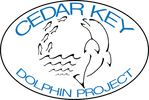
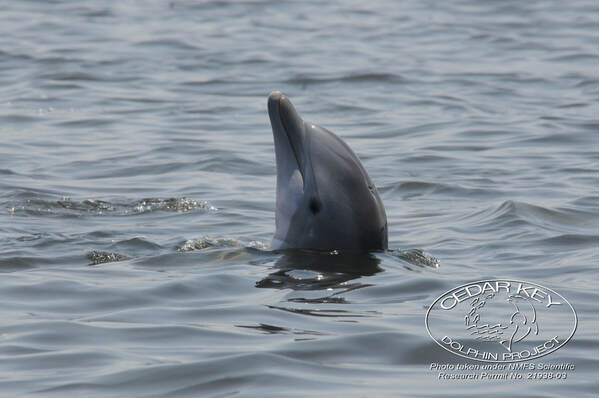
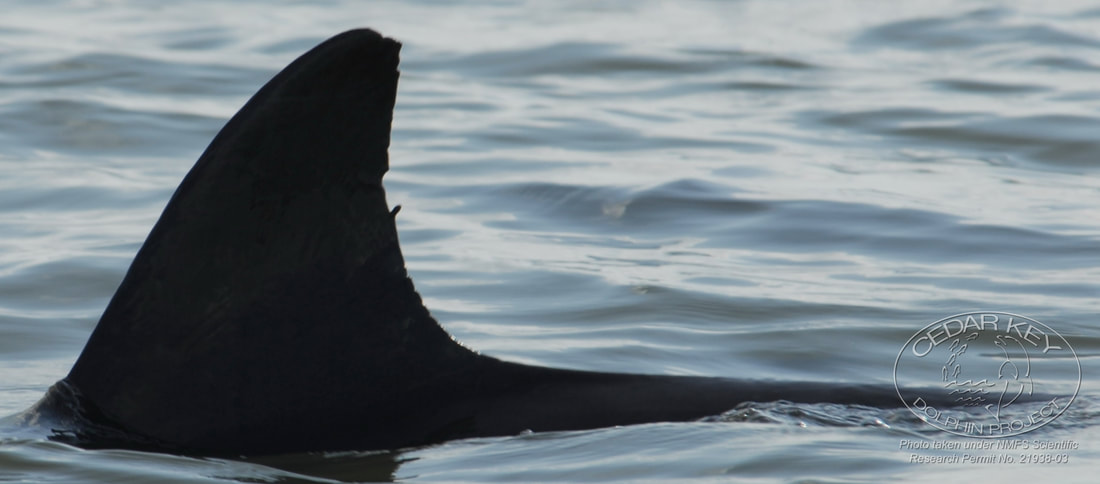
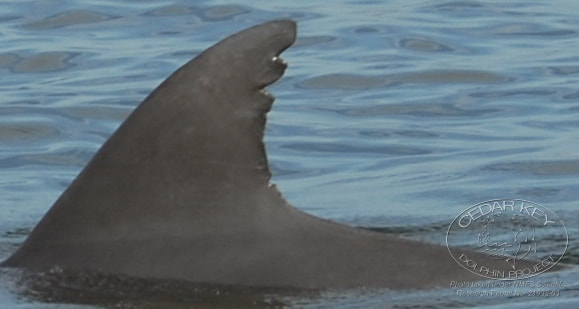
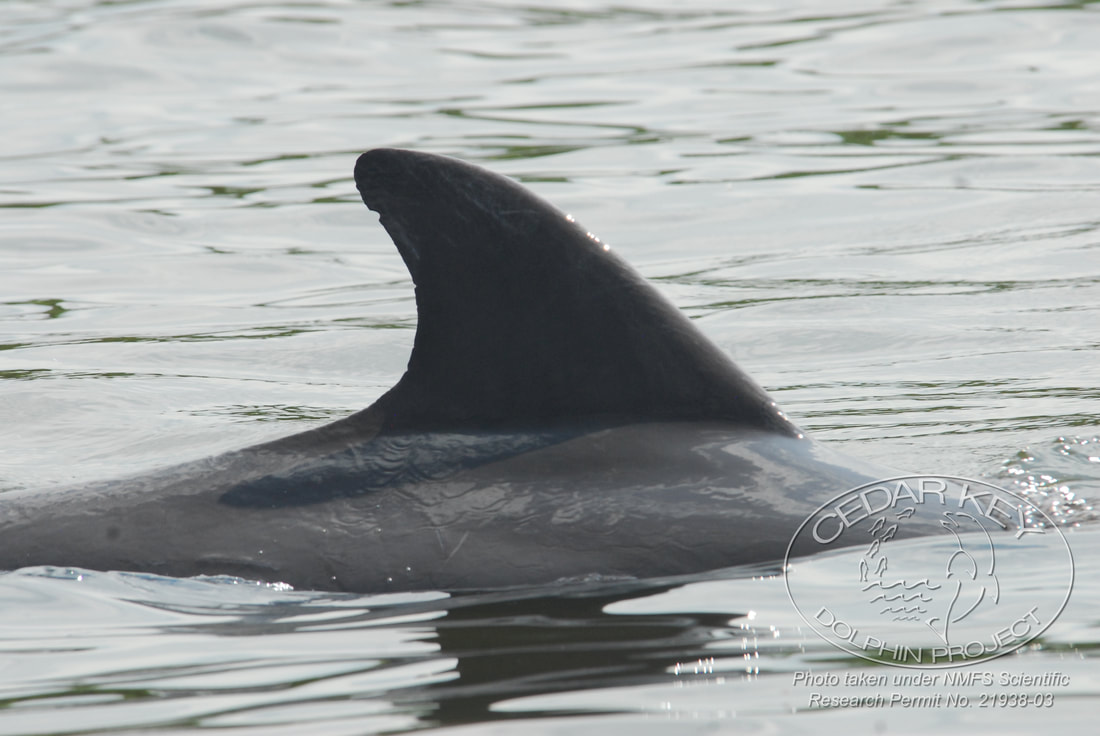
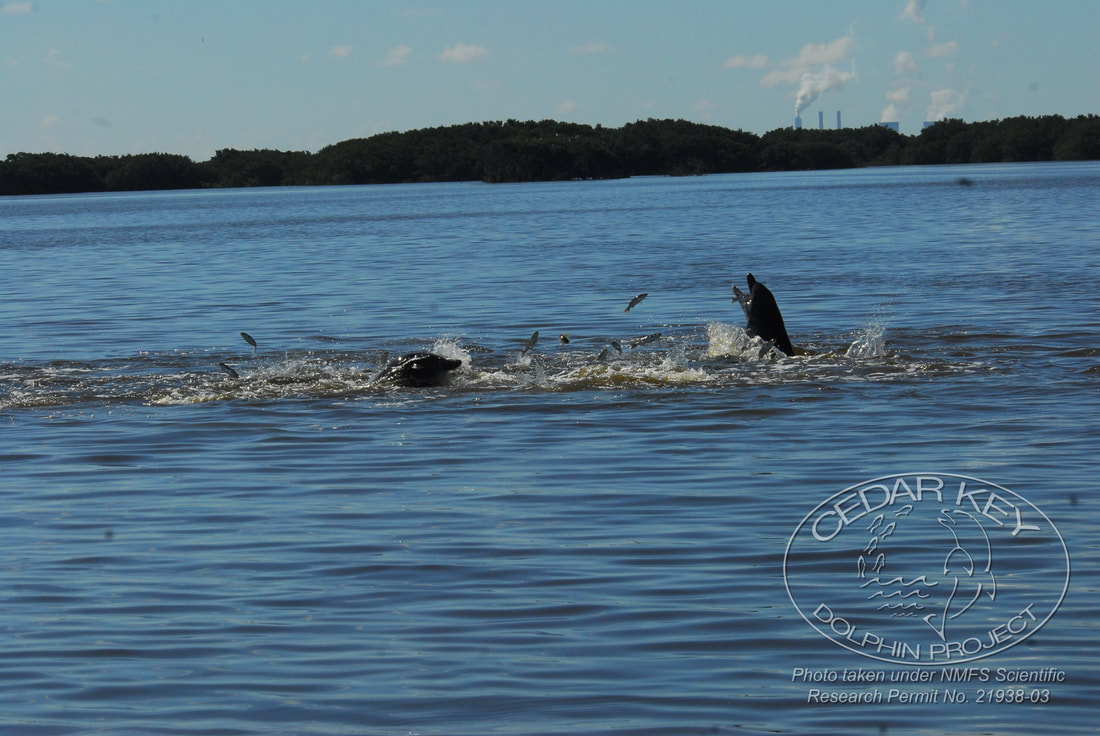
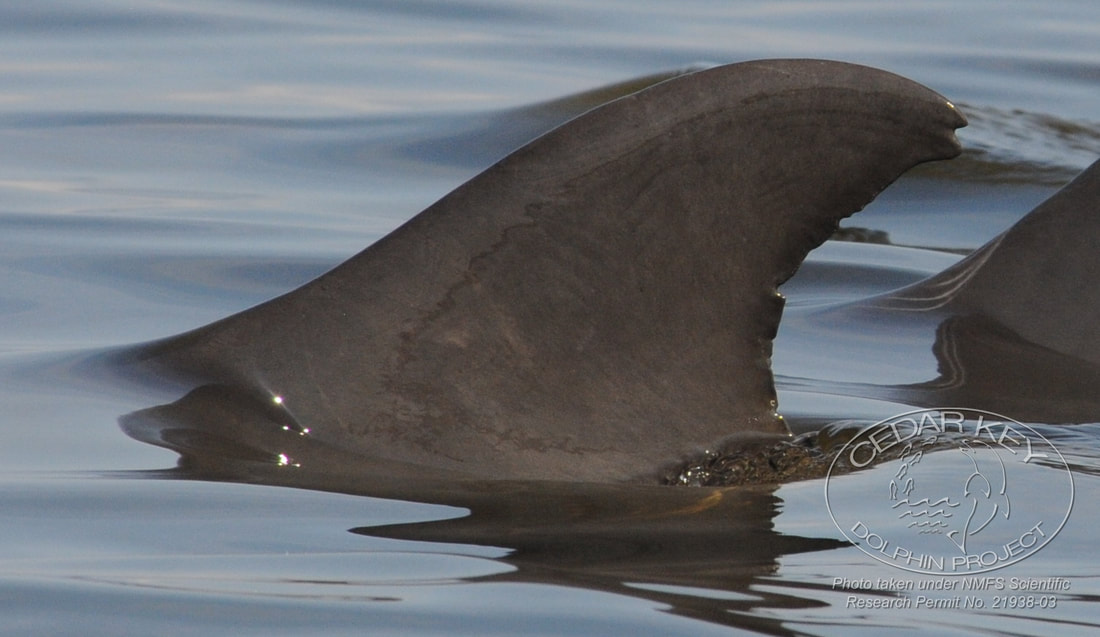

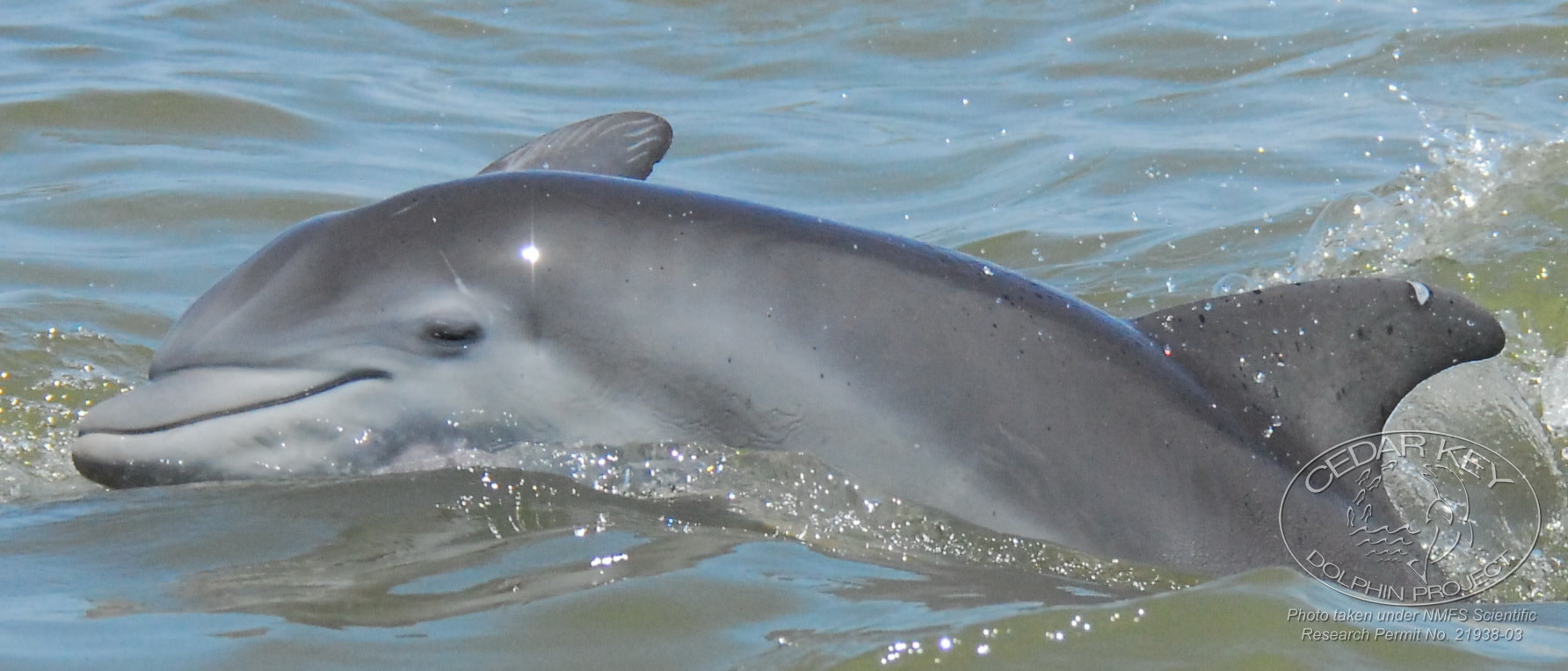

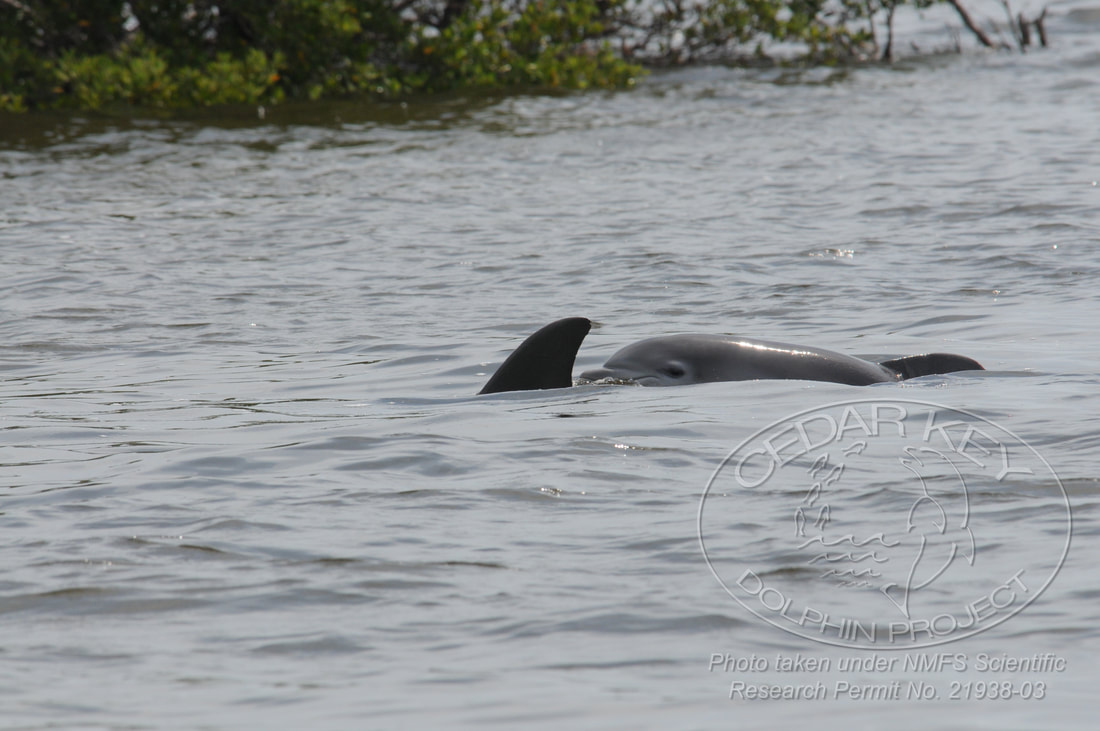
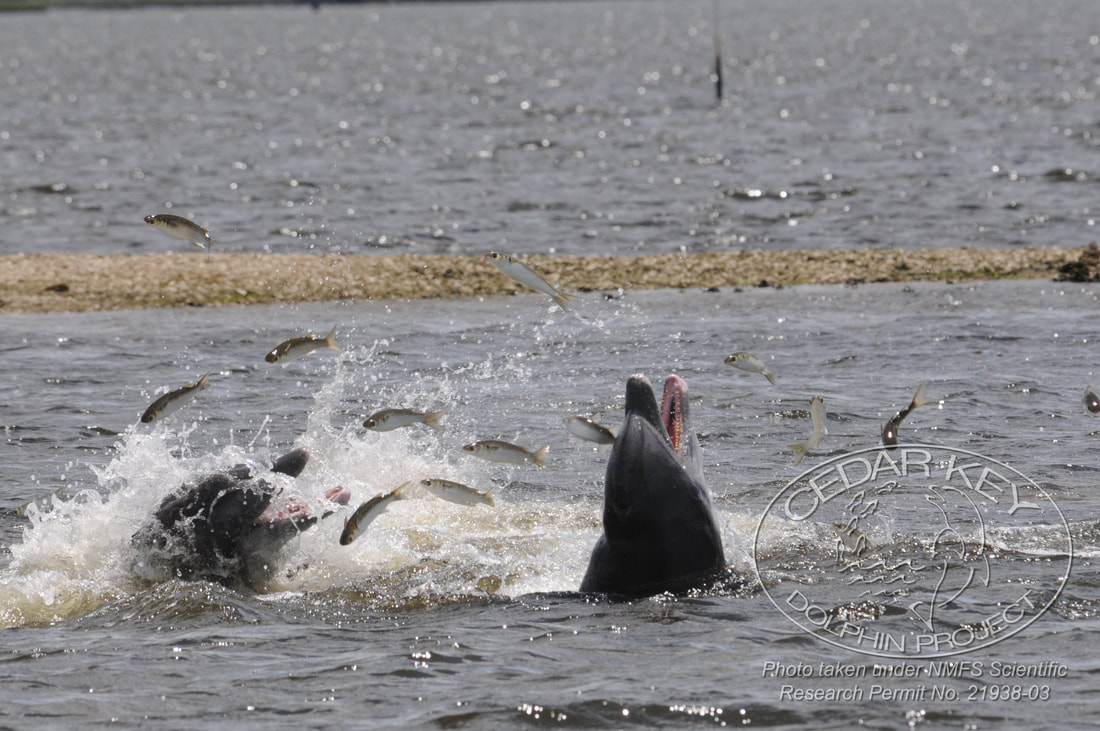
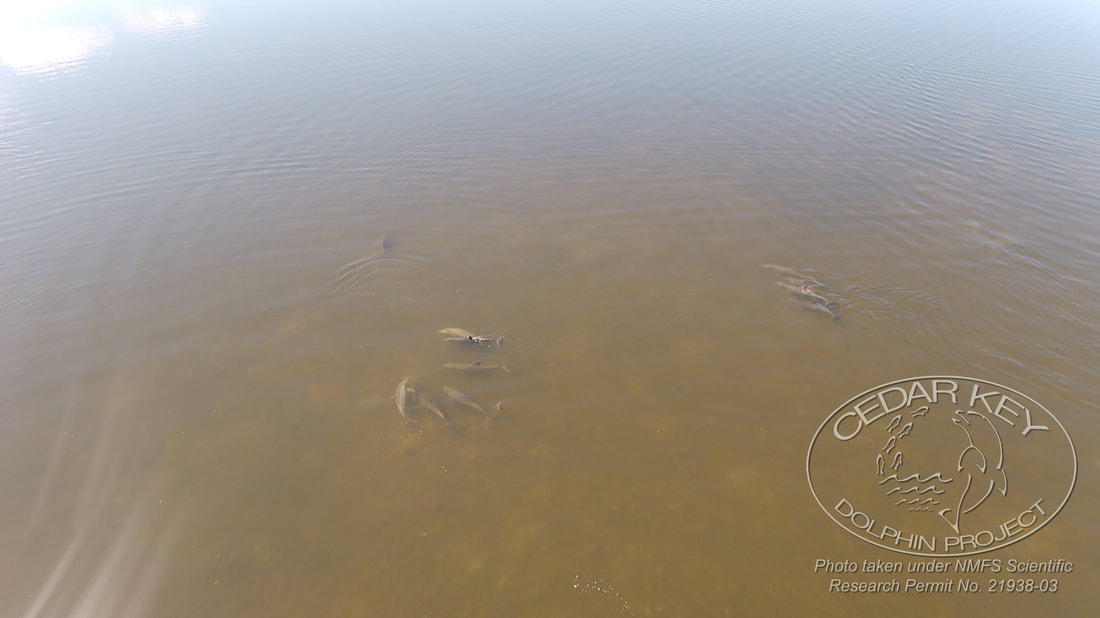
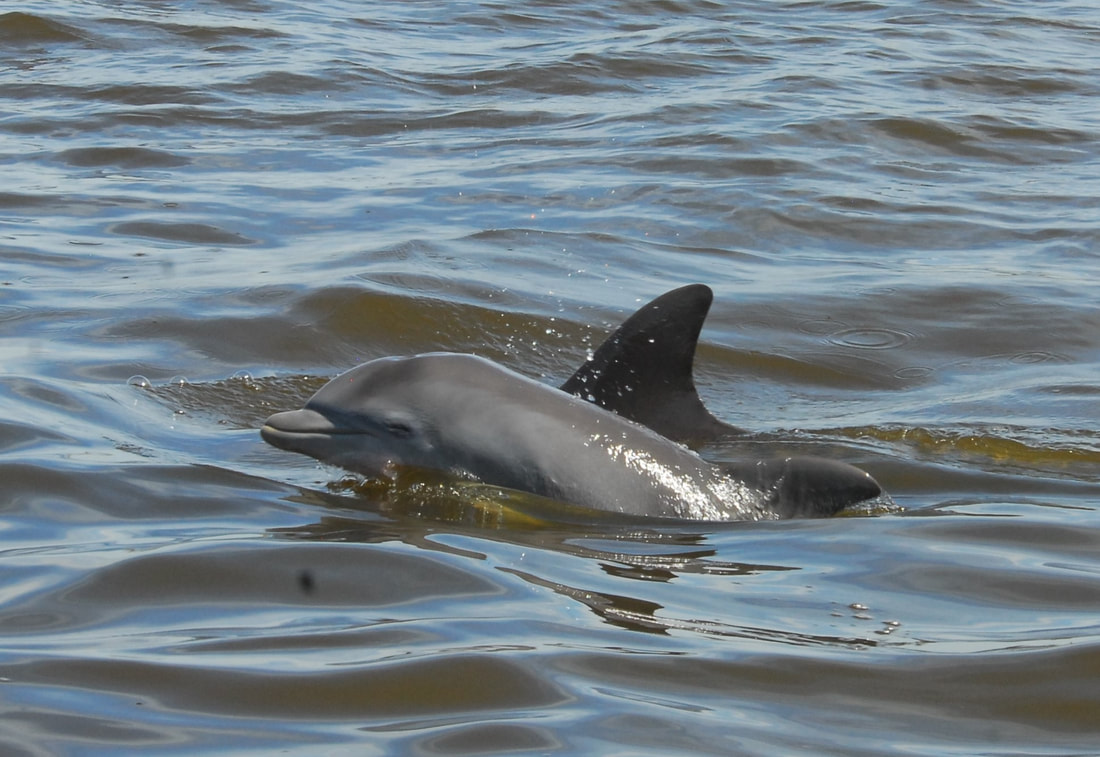
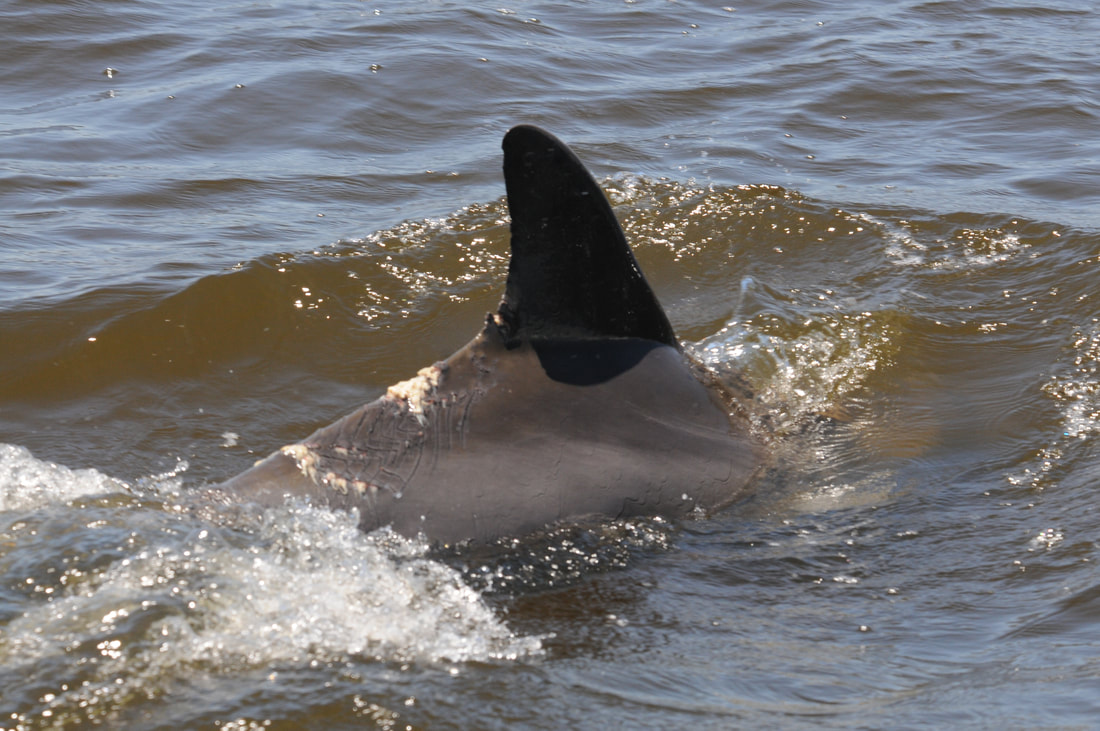
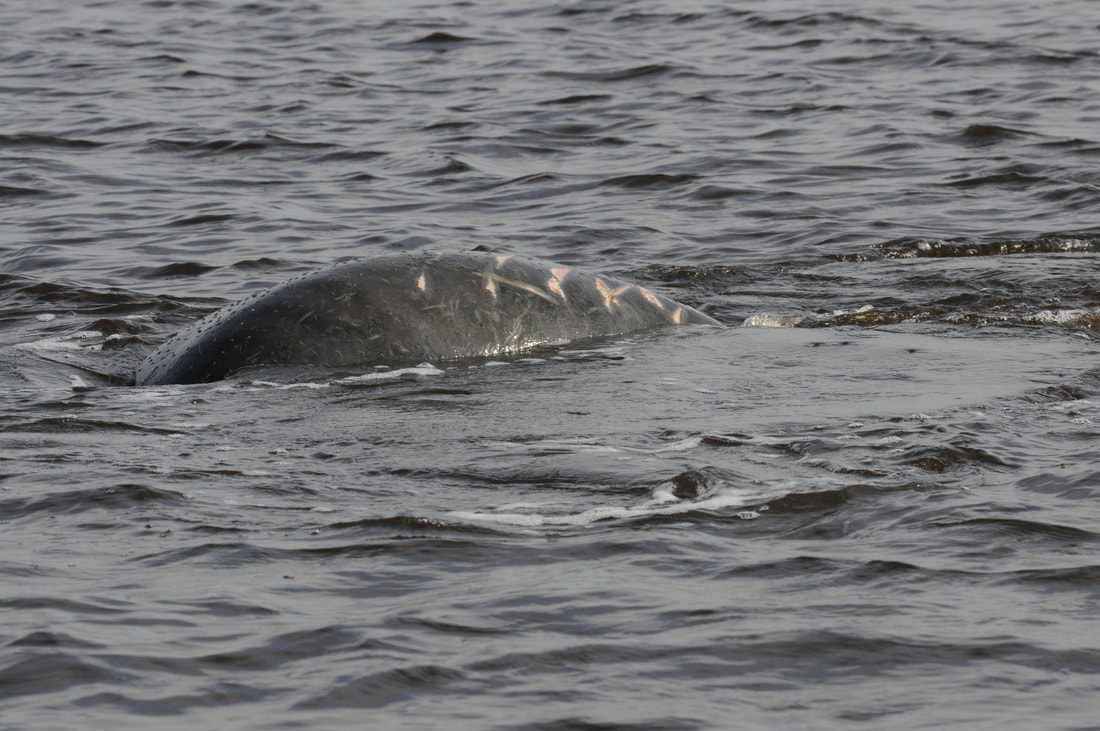
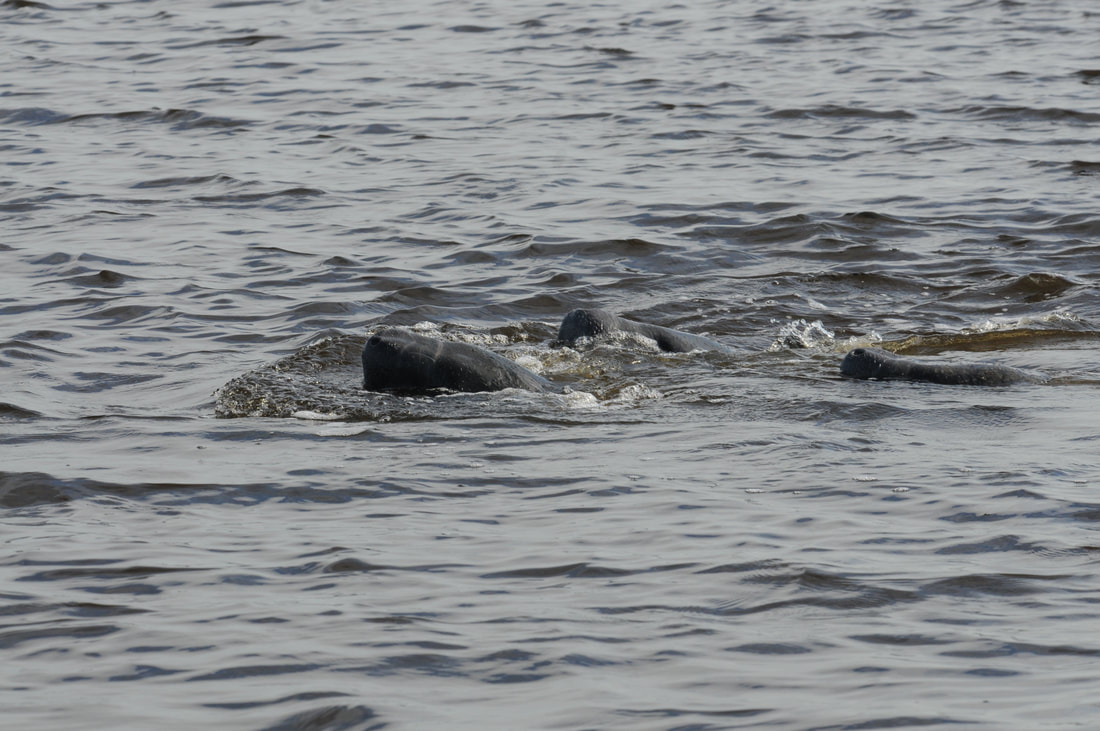
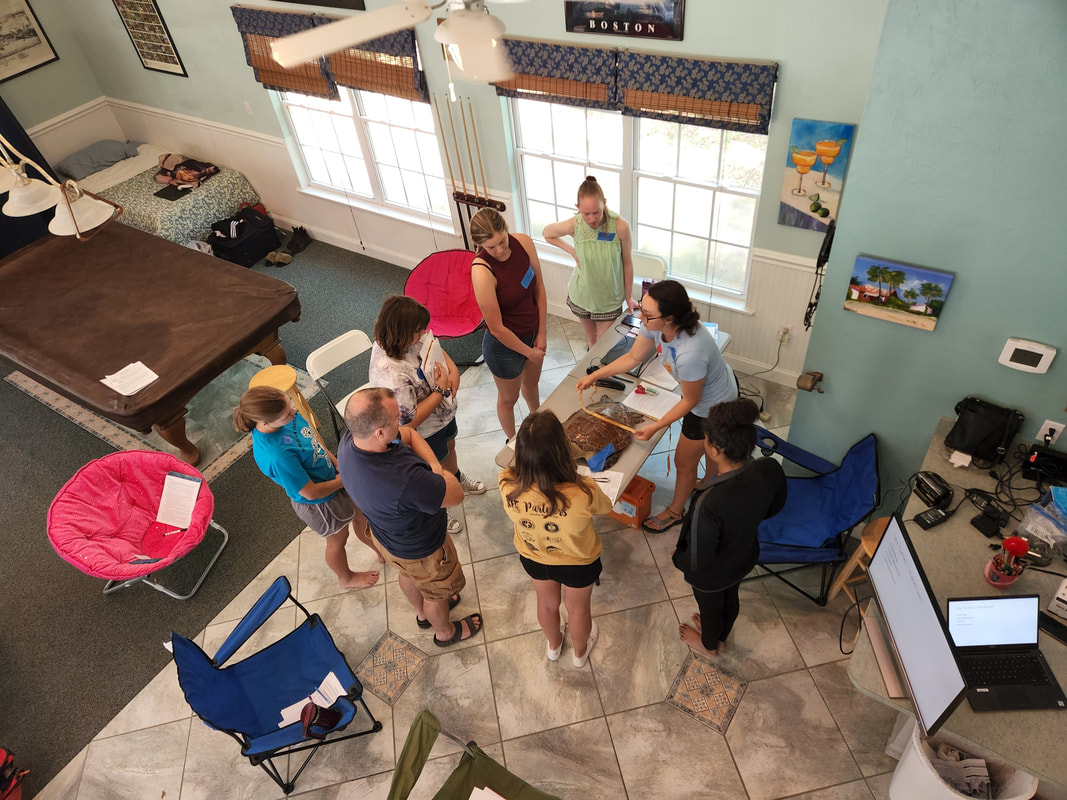
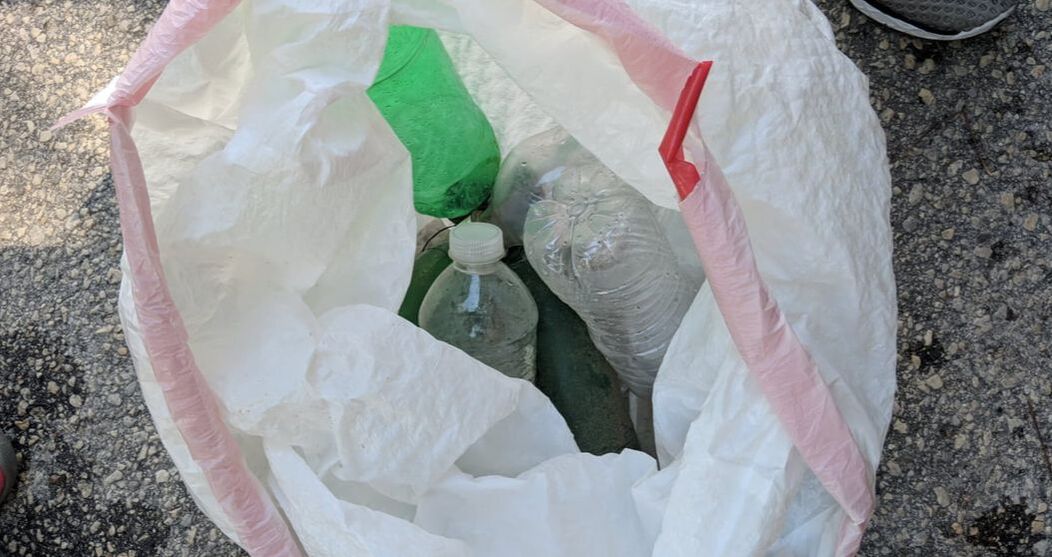
 RSS Feed
RSS Feed